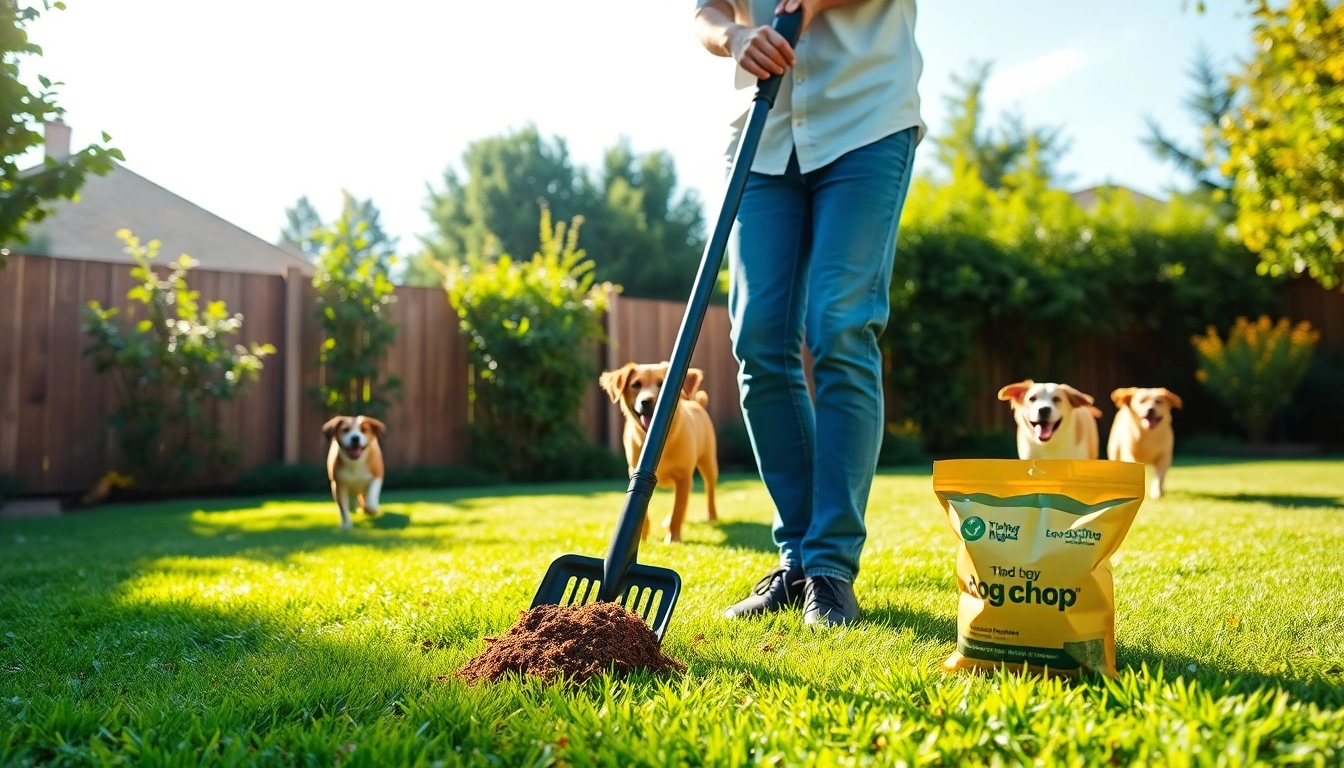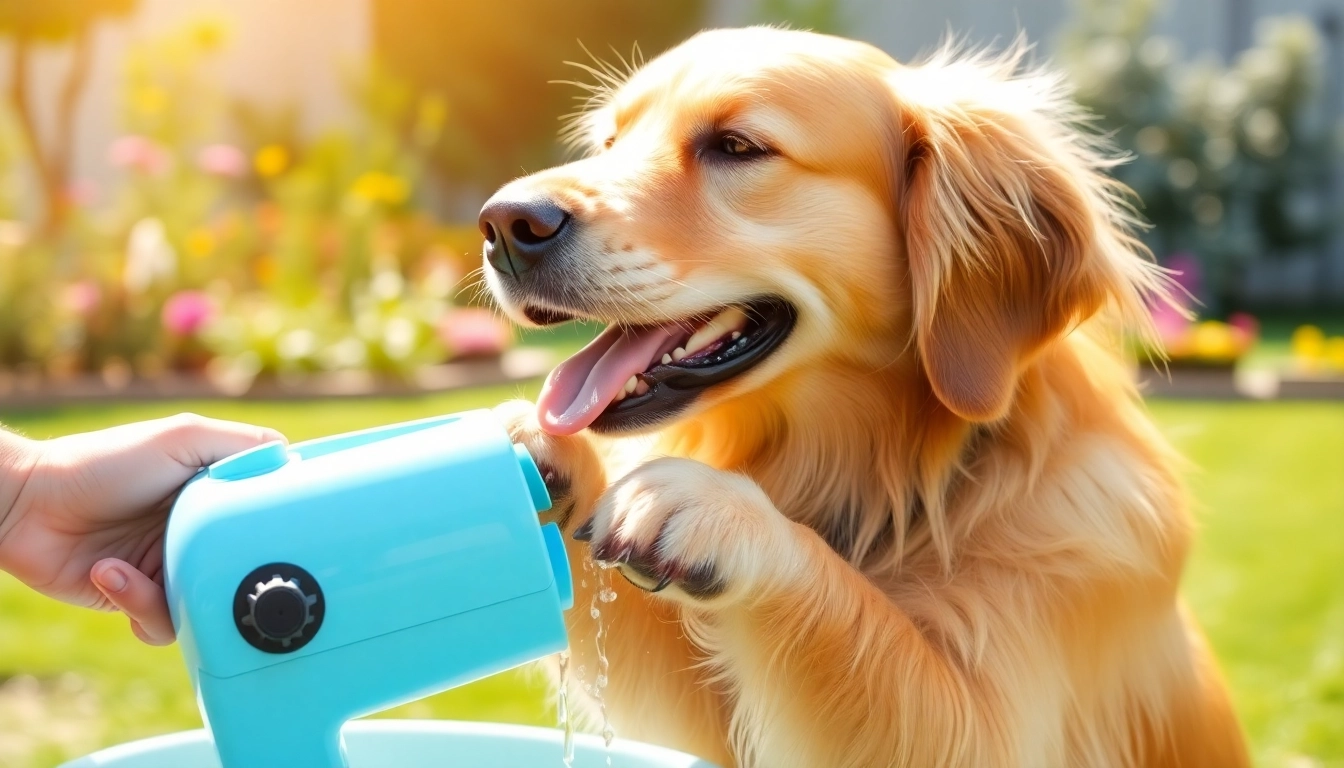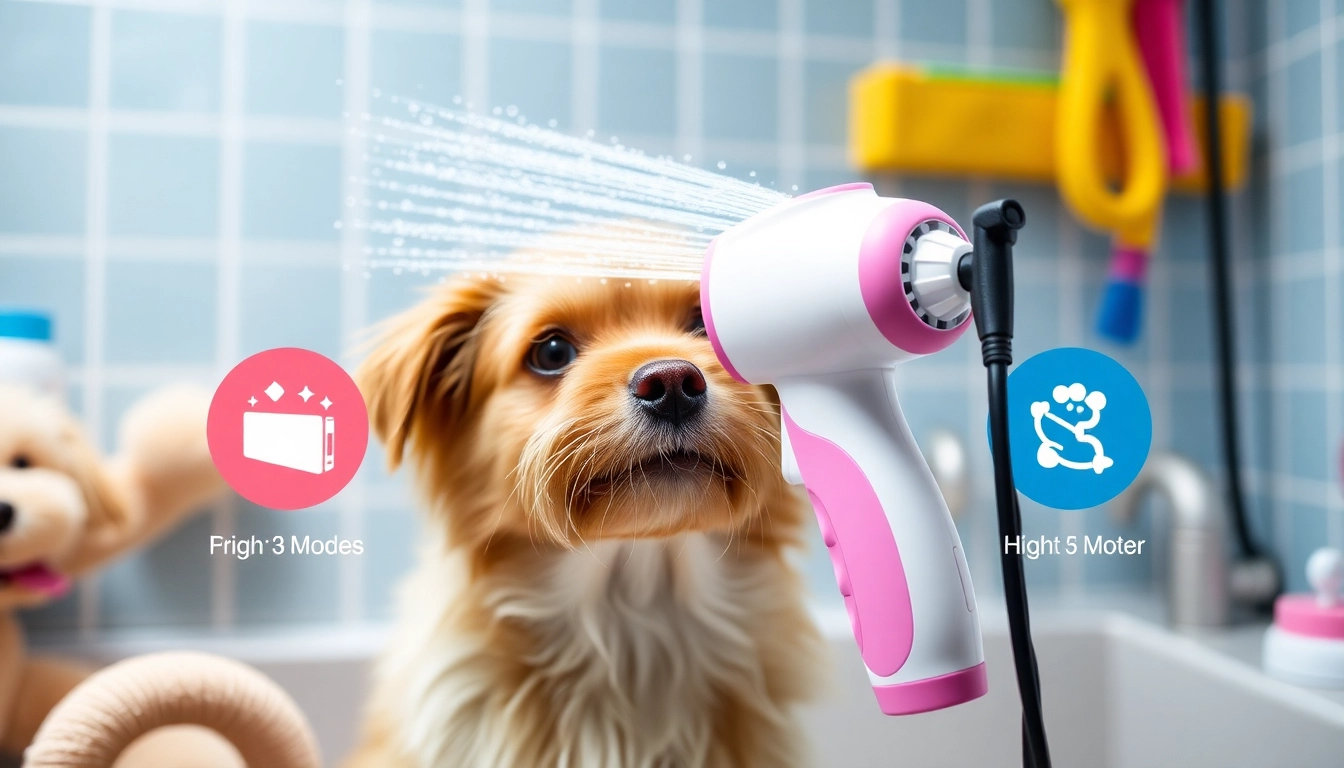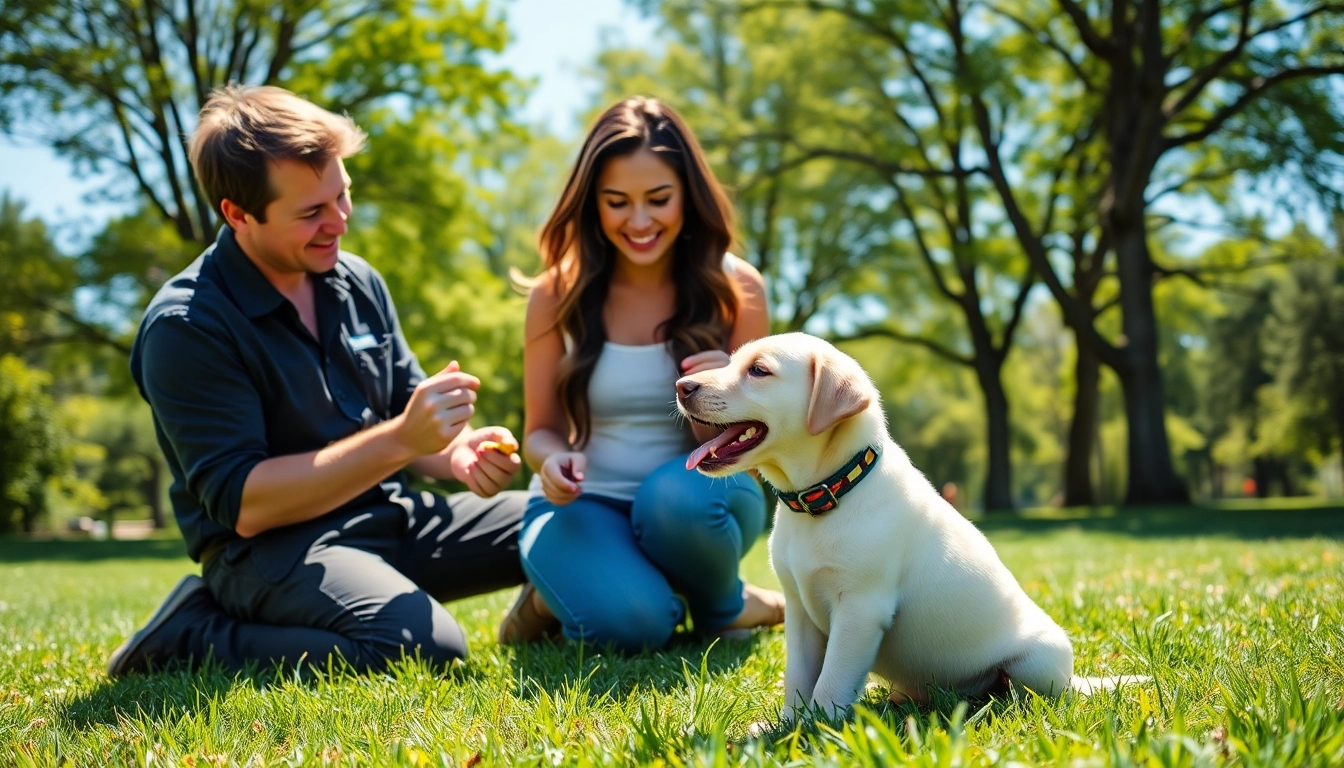Introduction to Cleaning Up Dog Poop
For dog owners, cleaning up after their pets is a necessary aspect of responsible pet ownership. Not only does this task keep our homes and yards clean, but it also plays a vital role in maintaining the health of our pets, families, and the environment. Understanding the importance of proper waste management is the first step toward creating a harmonious living environment. Whether you’re a new pet owner or have been caring for dogs for years, it’s crucial to learn effective techniques to clean up dog poop and dispose of it responsibly.
Importance of Dog Waste Management
Dog waste management goes beyond simple cleanliness—it encompasses public health, environmental concerns, and community well-being. Properly handling dog waste can prevent unpleasant odors, unsightly messes, and potential health hazards.
Effective waste management helps combat the transference of harmful bacteria and parasites that can pose risks not only to dogs but also to humans and other animals. Therefore, understanding how to clean up after your dog can significantly impact the overall quality of life in your neighborhood.
Health Risks Associated with Dog Poop
While dog poop may seem innocuous, it can harbor a variety of pathogens that can be detrimental to both dogs and humans. Some common health risks associated with dog waste include:
- Parasites: Dogs can carry parasites like roundworms and hookworms in their feces. If left unattended, these can spread to other pets and even humans.
- Bacterial Infections: Fecal matter can contain harmful bacteria, such as E. coli and Salmonella, which can lead to serious health issues if ingested or if they come into contact with open wounds.
- Water Contamination: Runoff from dog waste can contaminate nearby water sources, leading to a decline in water quality and posing risks to aquatic life.
Environmental Impact of Neglecting Cleanup
Aside from the immediate health concerns, neglecting to clean up dog poop can have long-lasting environmental effects. For instance:
- Soil Degradation: Dog waste is high in nitrogen, which can harm soil quality when left to decompose. This disrupts the natural balance of microbes in the soil, which are essential for healthy plant growth.
- Wildlife Impact: The decomposition of dog poop can attract wildlife, which might come to the area, potentially spreading diseases or creating new problems.
- Odor and Aesthetic Issues: Accumulated dog waste affects the beauty of our parks and neighborhoods, creating unpleasant odors and repelling visitors and potential residents.
Best Practices for Cleaning Up Dog Poop
Choosing the Right Tools for the Job
The first step to effectively cleaning up dog poop is to equip yourself with the right tools. Depending on your preference, you can choose from an array of cleaning devices:
- Dog Waste Bags: These are the most basic tools for any dog owner. They are portable, easy to use, and come in biodegradable options for environmentally conscious owners.
- Scoopers: Dog waste scoops with long handles allow you to pick up waste without bending over, making them convenient for larger yards.
- Gloves: Wearing gloves provides sanitary protection while handling waste directly.
- Disinfectant: Using a disinfectant solution can be useful when cleaning areas where your dog frequently relieves itself, especially if there are stains.
Step-by-Step Guide to Effective Cleanup
- Preparation: Gather your supplies and put on gloves if necessary. Ensure you have a waste bag or scoop ready.
- Locate the Waste: Walk your dog and pay attention to where they relieve themselves. This will allow you to identify spots that need attention.
- Pick Up: If using bags, turn them inside out, grab the waste, and seal it tightly. For scoops, position the scoop over the waste and gently scoop it into the bin.
- Dispose Responsibly: Always dispose of dog waste in accordance with local regulations—most communities require that it be bagged and thrown away in trash bins. Some areas may even allow flushing it down toilets.
- Clean the Area: If necessary, use a disinfectant to clean the area where the waste was located, ensuring to sanitize the tool used for cleanup as well.
Disposing of Dog Poop Responsibly
How you dispose of dog poop is as critical as the cleanup itself. Here are some key considerations for proper disposal:
- Trash Disposal: Most pet owners opt for throwing waste in a trash bin. Make sure to double-bag it to prevent leaks.
- Composting: If you have a large yard, consider composting dog waste with appropriate materials. It’s crucial to follow proper composting guidelines to avoid bacterial growth.
- Flushing: In some areas, you can flush the waste down toilets, allowing the waste to undergo the sewage treatment process.
Innovative Tools and Products
Reviews of Popular Dog Poop Scoopers
In the market today, various dog poop scooping tools offer innovative solutions to simplify cleanup. Here are some highly recommended scoops worth considering:
- Poop-N-Scoop: This tool simplifies pet waste disposal with a user-friendly design, enabling you to scoop without bending over.
- Spotty Pooper Scooper: A great choice for pet owners—it’s lightweight, easy to manage, and works efficiently for pet waste collection.
- PetFusion Betterpet Pooper Scooper: An environmentally friendly option that is both durable and comfortable to hold, reducing the strain of cleaning up after your dog.
Eco-Friendly Waste Disposal Options
As more pet owners strive for a sustainable lifestyle, eco-friendly waste disposal methods are becoming increasingly popular. Options include:
- Biodegradable Dog Waste Bags: These bags break down more quickly than traditional plastic, reducing landfill waste.
- Composting: Some companies provide dog waste composters designed to safely break down organic materials, including dog poop, to create nutrient-rich compost.
DIY Solutions for Pet Waste Management
If you’re looking for cost-effective ways to handle dog waste, DIY solutions can be effective:
- Homemade Dog Poop Digester: Create your composting bin in your backyard with a mixture of carbon-rich materials (like dry leaves) and dog waste.
- Creative Dispensers: Use old buckets or containers for storing biodegradable bags for easy access during walks.
How to Involve the Entire Family
Teaching Kids about Pet Hygiene
Incorporating the whole family into pet waste cleanup can make the task less daunting and more enjoyable. Teach your children the importance of pet hygiene and how to properly manage waste. This can instill a sense of responsibility and care for pets, leading to better hygiene habits as they grow older.
Making Cleanup a Fun Family Activity
Transforming cleanup into a family activity can promote teamwork and accountability. Here are some fun ideas:
- Organize a ‘dog poop pick-up day’ where everyone can join in, perhaps as a weekend routine.
- Encourage kids to design fun cleanup signs to remind everyone of their responsibilities.
Creating a Schedule for Consistency
Setting a regular schedule for dog waste cleanup helps maintain consistency. It can also provide a reminder that encourages the family to work together, ensuring that no waste is left unattended.
FAQs about Cleaning Up Dog Poop
What is the best method to clean up soft poop?
For soft or mushy poop, it’s best to use a flat-edged scoop, combined with disposable bags, for easy collection. Make sure to clean the area thoroughly afterward to prevent the buildup of bacteria.
How can I train my dog to go in one spot?
Training your dog to relieve itself in one designated area can streamline the cleanup process. Use positive reinforcement when your dog poops in the desired spot, coupled with a cue word to help them associate the location with this behavior.
What to do if my dog poops indoors?
Cleaning up dog poop indoors requires immediate attention. First, wear gloves when handling the mess. Use disinfectant to clean up the area afterward to eliminate any stains or odors, which can prevent your dog from returning to the same spot.



